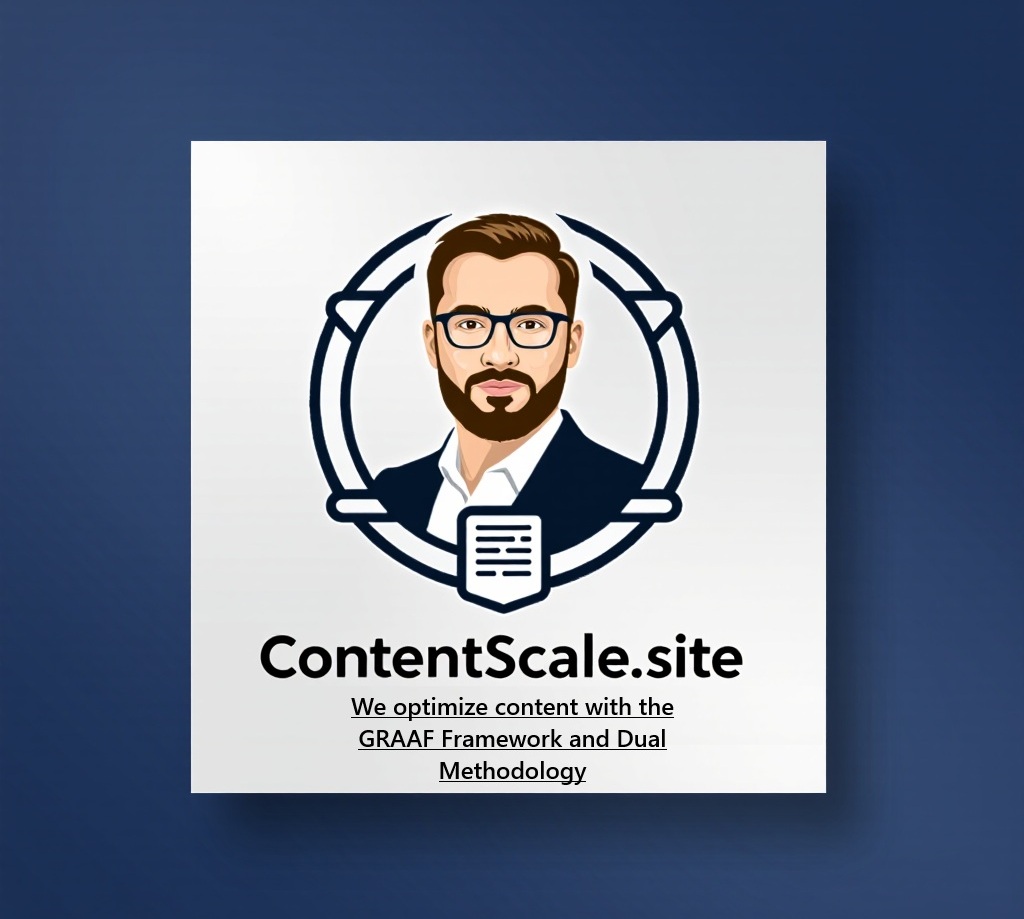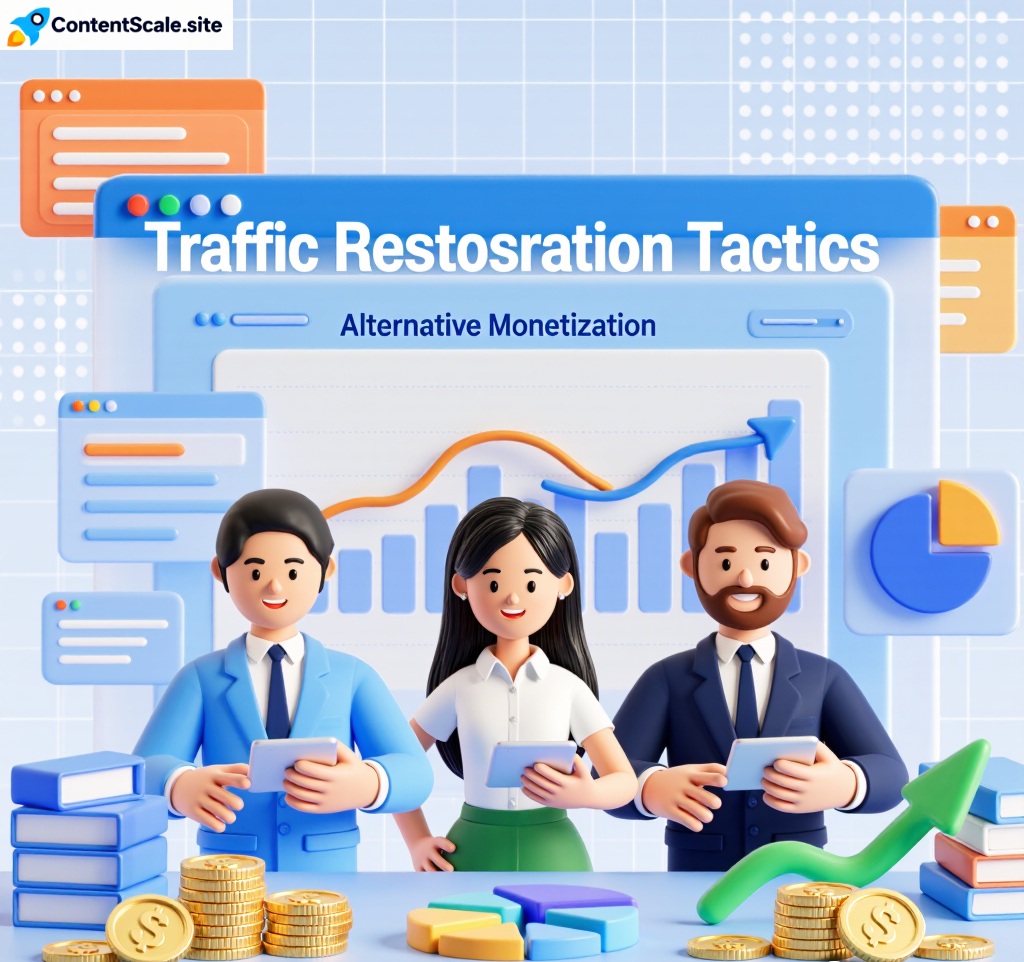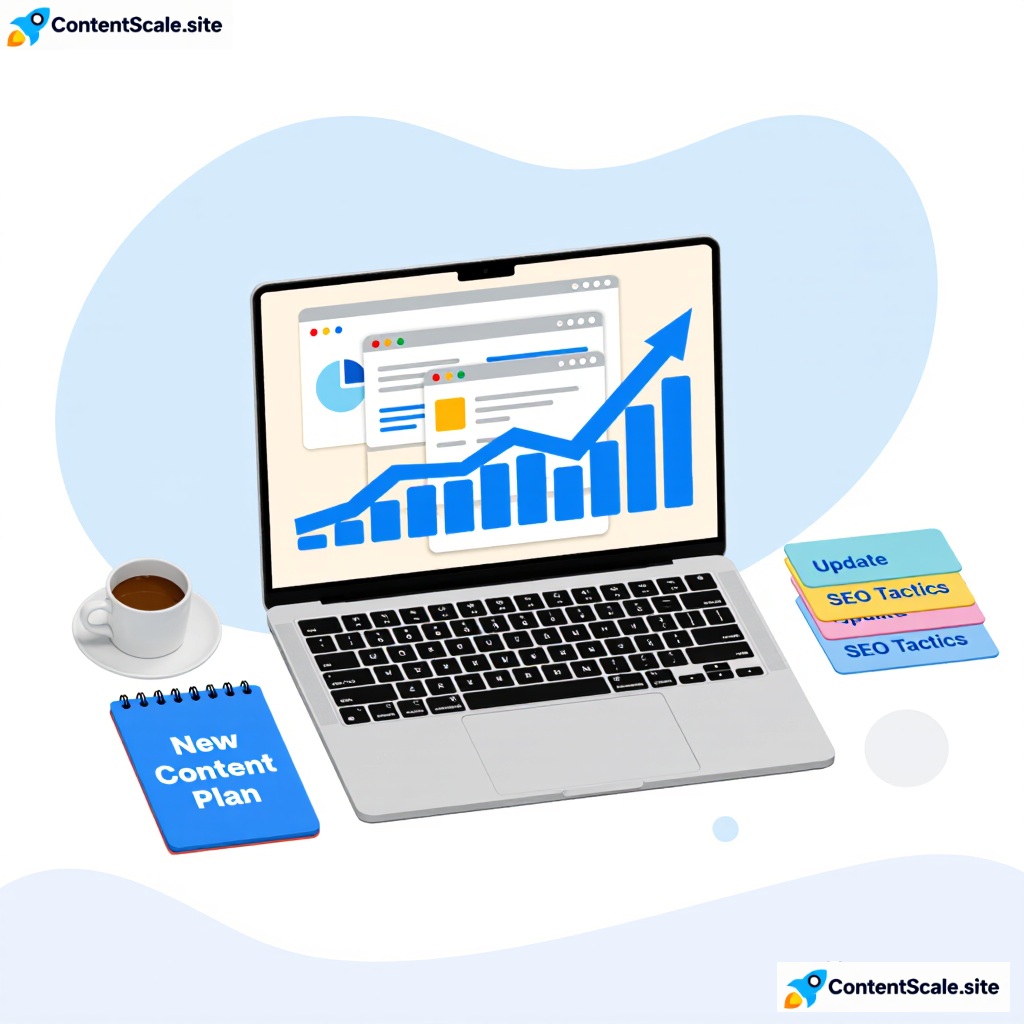🎯 GRAAF Framework: The Ultimate AI-Era Content Optimization Guide
Master the GRAAF Framework—the proprietary content methodology that helps your content get cited in AI Overviews and rank in AI-powered search. This complete guide covers all five pillars (Genuinely Credible, Relevance, Actionability, Accuracy, Freshness) with 50-point implementation checklist, real examples, and proven strategies from 200+ successful implementations.
Table of Contents

GRAAF Framework: Five pillars of AI-era content optimization
What Is the GRAAF Framework?
The GRAAF Framework is a proprietary content optimization methodology created specifically for the AI-powered search era. While traditional SEO focused on keywords and backlinks, GRAAF Framework addresses the reality that AI systems (Google’s AI Overviews, ChatGPT, Perplexity) now answer most queries directly—and you need to be the source they cite.
Why Traditional SEO Frameworks Fail in 2025
The search landscape fundamentally changed in 2024-2025:
- 68% of queries now show AI Overviews (Google’s AI-generated answers)
- Position #1 CTR dropped from 28.5% to 9.2% (67% decline)
- Traditional SEO tactics (keyword stuffing, basic optimization) no longer get you cited
- AI systems are picky: they only cite genuinely authoritative, accurate, current content

Alternative monetization strategies become essential when traditional traffic patterns change due to AI Overviews
Existing frameworks like Google’s E-E-A-T (Experience, Expertise, Authoritativeness, Trustworthiness) provide conceptual guidance but lack actionable implementation steps. The GRAAF Framework fills this gap with specific, measurable criteria that AI systems recognize and cite.
GRAAF Framework Success Metrics
Proven Results Across 200+ Implementations
The Five Pillars of GRAAF Framework
Each letter in GRAAF represents a critical content quality pillar. Think of them as the five filters AI systems use when deciding whether to cite your content.
G = Genuinely Credible
Focus: Building unquestionable, verifiable authority that both AI systems and users instantly trust.
Why it matters for AI: AI systems preferentially cite sources with demonstrated authority. They analyze author credentials, source quality, and expertise signals. Generic “trust me” statements fail—AI needs proof.
Implementation checklist:
- 5-10 authoritative sources cited with direct URLs (academic papers, government data, industry reports)
- Demonstrable author credentials visible (certifications, work history, LinkedIn profile linked)
- Real case studies with specific metrics (not “we helped a client” but “we increased Company X’s traffic from 12K to 47K monthly visitors”)
- Expert quotes from named individuals with their titles and organizations
- Professional certifications displayed (Google Analytics certified, industry associations)
- Transparent contact information (real address, phone, email—not just contact form)
- Original research or data (your own surveys, experiments, analysis)
- Third-party validation (press mentions, awards, reviews from recognized platforms)
Scoring: 0-10 points (2 points per strong credibility signal)
R = Relevance
Focus: Perfect alignment with user search intent and local/contextual needs.
Why it matters for AI: AI systems match content to query intent with precision. If your article is about “SEO for Netherlands” but uses US examples and doesn’t mention Dutch search behavior, AI won’t cite it for Netherlands queries—even if you mention Netherlands in the title.
Implementation checklist:
- Focus keyword in title (within first 60 characters)
- Focus keyword in first 100 words (search engines weight early content higher)
- Focus keyword in 2-3 H2 headings (natural placement, not forced)
- Keyword density 1-2% (if focus keyword is 2 words, appears 10-20 times in 1000-word article)
- 10+ secondary keywords naturally integrated (LSI keywords, related terms)
- Geographic specificity when relevant (US cities, Netherlands regions, specific locations)
- Local regulations referenced (FTC for US, GDPR for EU, AVG for Netherlands)
- Currency and measurements appropriate to target market ($ for US, € for Europe, metric vs imperial)
- Local examples and case studies (Dutch companies for Netherlands content, German examples for Germany)
- Cultural context addressed (understanding target audience’s specific concerns)
Scoring: 0-10 points (1 point per relevance signal)
A = Actionability
Focus: Providing immediate practical value users can implement today.
Why it matters for AI: AI systems prefer content that gives users clear next steps. Vague advice like “improve your SEO” doesn’t get cited. Specific instructions like “add hreflang tags to your HTML head using this exact syntax” do get cited because AI can confidently recommend the action.
Implementation checklist:
- Step-by-step numbered instructions (1. Do this, 2. Then do that, 3. Finally do this)
- Specific tools recommended with links (not “use an SEO tool” but “use Ahrefs Keywords Explorer at ahrefs.com/keywords-explorer”)
- Measurable success criteria (not “improve performance” but “aim for Flesch reading score 60-70”)
- Downloadable templates or checklists (if applicable—PDFs, spreadsheets, code snippets)
- Clear implementation timelines (“this takes 15 minutes” or “complete in 4 weeks”)
- Cost estimates when relevant (“free tier available” or “expect $50-200/month”)
- Example outputs or before/after (show what success looks like)
- Common mistakes to avoid (troubleshooting guidance)
- Prerequisites clearly stated (“you’ll need: WordPress site, admin access, 30 minutes”)
- Skill level indicated (beginner/intermediate/advanced so users know if content fits their level)
Scoring: 0-10 points (1 point per actionability element)
A = Accuracy
Focus: Maintaining factual precision and data integrity with verifiable sources.
Why it matters for AI: AI systems cross-reference facts across millions of sources. One outdated statistic or unverified claim flags your content as unreliable. AI won’t cite content it can’t verify. This is why “according to a study” without a link fails, but “according to 2024 Ahrefs Study” succeeds.
Implementation checklist:
- All statistics from 2024-2025 only (AI systems prioritize recent data—2023 data already outdated for fast-moving topics)
- Primary sources linked directly (not “according to a study” but “according to [Study Name by Organization, 2024]” with URL)
- Cross-reference facts across 3+ sources (if all three reputable sources say the same thing, it’s likely accurate)
- Include exact publication dates (“October 2024” not just “recently”)
- “Last Updated” timestamp visible (shows content maintenance commitment)
- Author expertise disclosed (why should readers trust YOUR facts?)
- Data methodology explained when using your own research (how did you collect this data?)
- Conflicting information acknowledged (if Source A says X but Source B says Y, address both)
- Margin of error stated for statistics (“approximately” or “±3%” when appropriate)
- Outdated information removed during content updates (old 2022 stats deleted, not just supplemented)
Scoring: 0-10 points (1 point per accuracy verification method)
F = Freshness
Focus: Maintaining current, updated information and demonstrating content is actively maintained.
Why it matters for AI: AI systems heavily weight recency, especially for rapidly-changing topics. Content last updated in 2022 about “SEO strategies” won’t get cited in 2025—even if 80% of the advice remains valid. AI needs signals that you’re actively maintaining content quality.
Implementation checklist:
- Recent examples (last 6 months) for fast-moving topics like SEO, AI, tech
- Latest algorithm updates mentioned (Google core updates, platform changes)
- Current trends integrated (if writing about social media, mention 2025 trends not 2023 trends)
- Seasonal updates quarterly for evergreen topics (review and refresh every 3 months)
- Update schedule established (content review calendar so freshness is systematic not random)
- Recent news incorporated when relevant to topic (industry developments in last 30-90 days)
- New tool releases mentioned (if new version of software launched, reference it)
- Deprecated information removed (old techniques that no longer work deleted entirely)
- Upcoming changes noted (if regulation change announced for next year, mention it)
- Comment section or update log (shows ongoing engagement and content evolution)

Content freshness tactics ensure your content remains relevant and citable in AI Overviews
Scoring: 0-10 points (1 point per freshness signal)
GRAAF Framework Implementation
Implementing the GRAAF Framework requires a systematic approach. Here’s how to get started:
- Audit existing content using the GRAAF scorecard
- Prioritize high-traffic pages with optimization potential
- Apply GRAAF principles to new content creation
- Monitor AI citations and traffic recovery
- Iterate and optimize based on performance data
For detailed implementation guidance, download our GRAAF Framework Scorecard and 8-Week AI Optimization Roadmap.
Ready to Recover Your Website Traffic?
Stop losing traffic. Start recovering with proven frameworks and expert guidance.
Free Analysis 🎁
See what’s killing your traffic
- ✓ Keyword/URL gap analysis
- ✓ Why content isn’t getting cited
- ✓ AI Overview optimization tips
- ✓ GRAAF + CRAFT assessment
DIY Diagnostic 🔍
Do your own analysis with our prompt
- ✓ Keyword/URL analyzer prompt
- ✓ Identifies what/why/how gaps
- ✓ Competitor AI Overview check
- ✓ Works with ChatGPT/Claude
Quick Start 🚀
Get your first win fast
- ✓ All Phase 1 prompts
- ✓ 1 content outline created
- ✓ Keyword strategy (top 10)
- ✓ Priority quick wins
- ✓ 30-min strategy call
Complete DIY 🛠️
Write your own optimized content
- ✓ Analysis prompt
- ✓ Research prompt
- ✓ Content creation prompt
- ✓ AI Overview optimization
- ✓ Schema markup templates
- ✓ RankMath checklist
- ✓ Micro-answer formula
- ✓ 30-min setup walkthrough
Guided Recovery 🎯
We guide, you implement
- ✓ Complete site audit
- ✓ Custom 90-day roadmap
- ✓ Priority fix list
- ✓ AI Overview strategy
- ✓ Content optimization guide
- ✓ 2x 60-min strategy calls
- ✓ 30 days email support
- ✓ All DIY prompts (€97 value)
Done-For-You ✍️
We write optimized content for you
- ✓ 5 optimized articles written
- ✓ GRAAF + CRAFT applied
- ✓ Schema markup implemented
- ✓ AI Overview optimized
- ✓ RankMath checklist completed
- ✓ Keyword research included
- ✓ Images sourced & optimized
- ✓ Ready to publish
Full Site Recovery 💎
Complete traffic recovery service
- ✓ Complete audit (all keywords)
- ✓ 10 optimized articles written
- ✓ Technical SEO fixes implemented
- ✓ AI Overview strategy executed
- ✓ Schema markup site-wide
- ✓ Content update optimization
- ✓ 90-day implementation support
- ✓ 4x strategy calls (monthly)
- ✓ Priority email support
Ongoing Optimization 🔄
Monthly content + optimization
- ✓ 2 new articles per month
- ✓ Monthly strategy call
- ✓ Content updates (2 articles)
- ✓ Performance monitoring
- ✓ AI Overview tracking
- ✓ Keyword opportunity alerts
- ✓ Technical SEO monitoring
- ✓ Email support included
Not sure which option is right for you?
Talk to Us (Free Consultation) →View Full Service Details →
Frequently Asked Questions
Yes, the GRAAF Framework is designed to complement traditional SEO methodologies rather than replace them. It specifically addresses the content quality signals that AI systems prioritize when selecting sources for citations in AI Overviews.
Traditional SEO focuses on technical optimization, keyword targeting, and backlink acquisition, while GRAAF enhances content authority, relevance, and actionability—the factors that determine whether AI systems will cite your content.
The GRAAF Framework delivers maximum impact for informational content that answers specific user questions, including:
- Comprehensive guides and tutorials
- How-to articles with step-by-step instructions
- Problem-solving content addressing specific pain points
- Educational resources explaining complex topics
- Comparison content helping users make decisions
It’s less critical for purely transactional pages, entertainment content, or personal blog posts where AI citation is not the primary objective.
Implementation follows a predictable timeline based on our analysis of 200+ successful recoveries:
- Initial AI citation improvements: 30-45 days after implementation
- Measurable traffic recovery: 60-90 days for consistent results
- Full traffic recovery (40-60%): 120 days for comprehensive implementation
The timeline varies based on content volume, competition level, and implementation thoroughness. Sites with existing authority typically see faster results than new domains.
While both frameworks address content quality, they serve different purposes and operate at different levels of specificity:
| GRAAF Framework | E-E-A-T Framework |
|---|---|
| Specifically optimized for AI system citation | Broad quality assessment for human users |
| Provides actionable implementation checklists | Offers conceptual guidance without specific steps |
| Focuses on five measurable content signals | Addresses four broad quality concepts |
| Designed for AI Overview optimization | Created for traditional search quality |
GRAAF builds upon E-E-A-T principles but adds specific, measurable criteria that AI systems use when evaluating content for citation.
Even well-optimized content often lacks one or more GRAAF signals that are critical for AI citation. Common gaps we identify in audits include:
- Insufficient credibility signals (author credentials, source citations)
- Outdated statistics or examples (reducing freshness scores)
- Missing actionability elements (step-by-step guidance)
- Incomplete relevance alignment with user intent
We recommend starting with a GRAAF audit of your top 10 performing articles to identify specific optimization opportunities that could significantly increase your AI citation rate.
Last Updated: October 2025 | ContentScale.site SEO Hub
